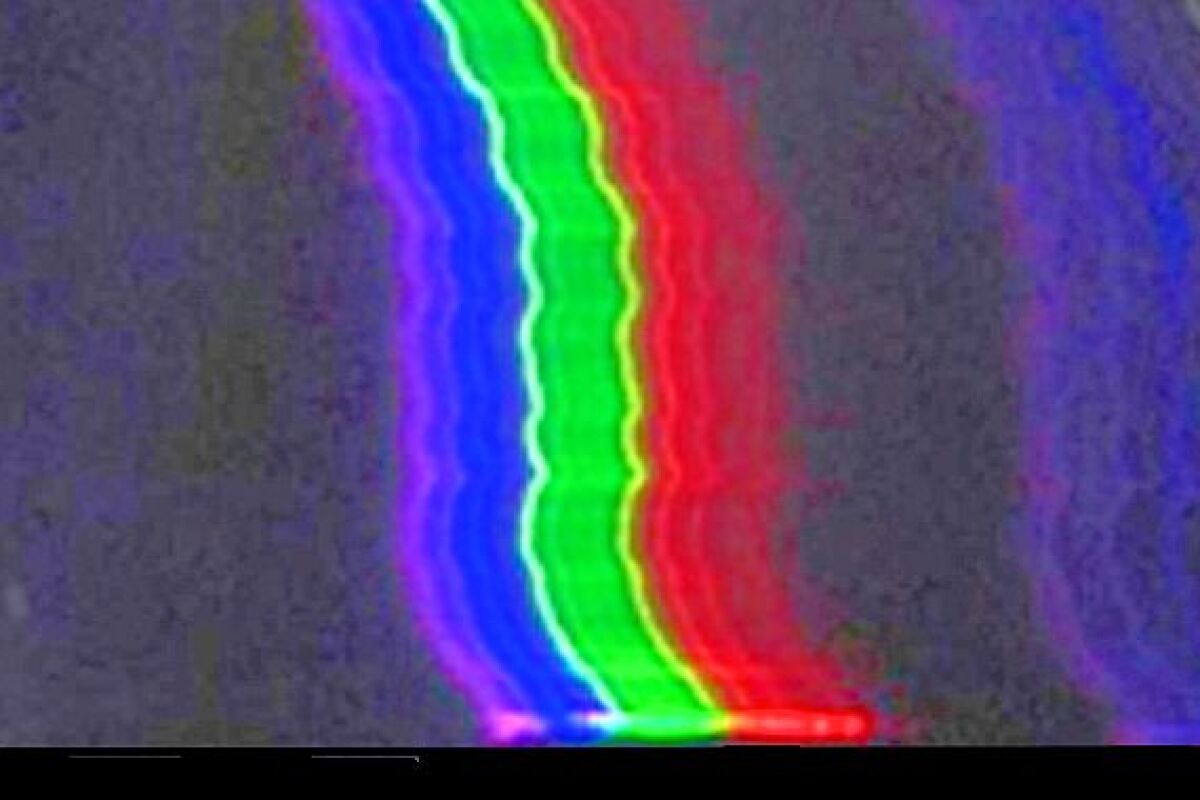A scientific team in China fortuitously recorded the first optical spectrum of an example of ball lightning. The ball lightning, which was accompanied by a cloud to ground lightning strike, appears to have consisted at least partially of vaporized soil from the location of the strike. While ball lightning may result from a variety of sources, this observation provides considerable evidence that the vaporized silicon explanation is valid, although possibly not unique.
Ball lightning has remained a mystery, despite reasonably consistent reporting over perhaps two millenia. Roughly five percent of the Earth's population has seen ball lightning, or a good facsimile thereof, so there remains little doubt of the reality of the atmospheric phenomenon. Interestingly, this is about the same number of people that have directly observed the ground strike of a bolt of lightning.
Observations have some common ground, and other areas in which no obvious pattern appears. The reported size is usually between 1 and 100 cm (0.4-40 in), with the most common size being 10-20 cm. They do not tend to be extremely bright, usually appearing rather like an incandescent lamp in surface brightness. Colors include red, orange, and yellow.
The balls persist for times between about a second and a minute, and tend to move at a few meters per second, often, but not always, horizontally. They seem to be able to pass through closed doors and windows, and even penetrate areas which are usually proofed against lightning. Their final decay is usually rapid, and can range from benign to rather large explosions.
The large variety of informal observations and a few plausible photographs that have accumulated of ball lightning suggest that there may be a number of causes for this unusual phenomenon. However, the lack of quantitative information and evidence has made sorting out the various possibilities a nearly hopeless task.
The July 2012 observation of a spherical ball lightning being produced by a lightning strike in China has changed the situation considerably. Physicist Ping Yuan and his team from Northwest Normal University in Gansu Province, China, had positioned spectrographs to investigate lightning on northwest China's Tibetan Plateau. They recorded both a spectrum and a high-speed video of a ball lightning that appeared following a cloud-to-ground lightning strike which struck about 900 meters (3,000 ft) from their spectrographs.
While the apparent size of the glow on the spectrograph was about five meters (16 ft), the physicists report that the actual size of the ball was "much smaller," bringing the observation into accord with historic reports. The color of the ball changed from its initial white to a reddish glow during its persistence of just over a second. It was observed to drift horizontally about 10 meters and ascend perhaps 3 meters during its life.

The spectrum contained emission lines corresponding to the presence of silicon, iron, and calcium in the light of the ball lightning. As these are elements common in the soil of the region, the evidence suggests that this ball lightning is an example of the vaporized silicon mechanism.
The idea is that the lightning strike vaporizes some of the soil it hits, freeing nanoparticles of silicon, and that vaporized silicon then burns in the atmosphere. Previously experiments in which silicon wafers were struck with an electric arc produced luminous balls about the size of golf balls that danced around while glowing for several seconds.
Combined with the new spectral information, it seems likely that this ball lightning, at least, is an example of a vaporized silicon ball lightning. As mentioned earlier, there may be several varieties of ball lightning, each having a different dominant mechanism. At least we now have a start on sorting out this ancient mystery.
The video below shows the ball lightning on the left, and the spectrum of its light on the right. It is slowed down by a factor of about seven.
Source: Physics





